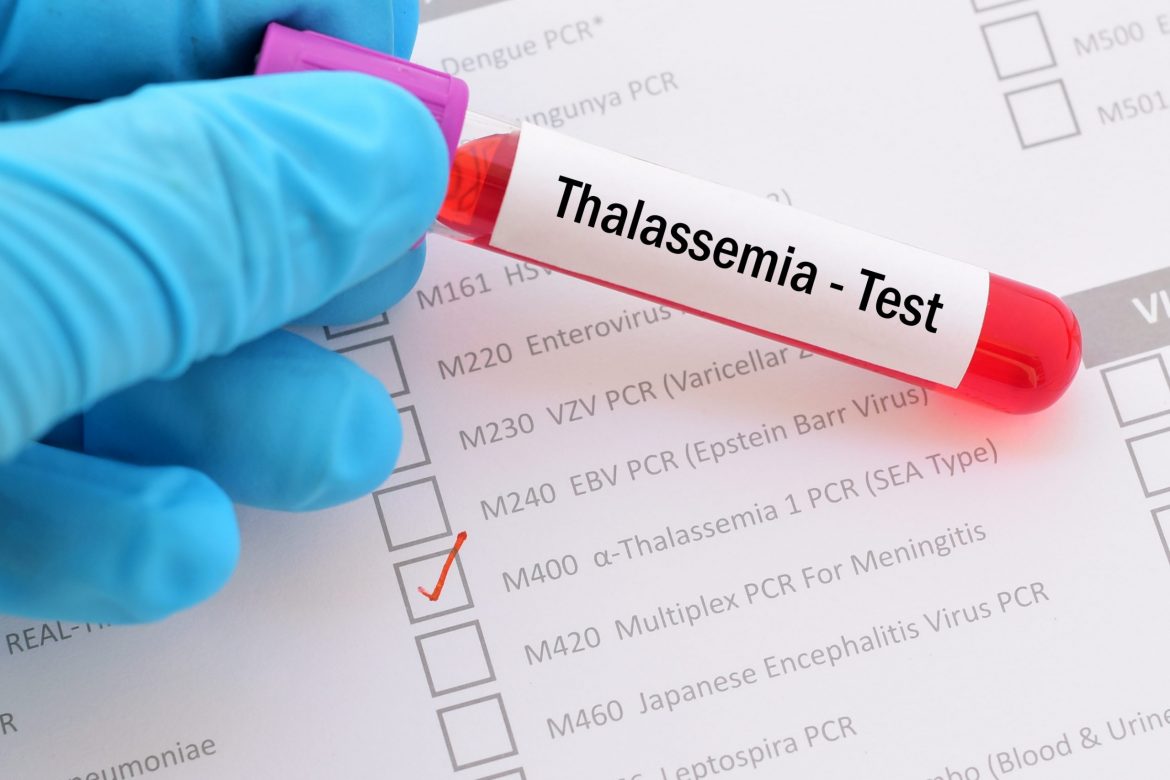Pakistan faces predominant beta-thalassemia as one of the most leading causes of death. People are usually unaware of what thalassemia is and how it can develop in later stages of life. Let’s look at briefly what Thalassemia is and what can be thalassemia types, symptoms, and treatments.
Table of Contents
What is Thalassemia?
Thalassemia is a blood disorder that results in excessive destruction of red blood cells and abnormal hemoglobin production. Almost all of the Thalassemia patients have acute anemia. Thalassemia is an inherited disease, meaning either of your parents must have been carrying such a gene. Other times, thalassemia is caused due to a gene abnormality or a gene mutation.
There are different types of thalassemia, which in return affects each patient differently than the rest. There are three different types of Thalassemia;
- Alpha Thalassemia
- Beta Thalassemia
- Minor Thalassemia
Each of these thalassemia types has further subtypes that have different causes and triggers.
Symptoms of Thalassemia
The symptoms of thalassemia vary from for each individual, however, some of the most common Thalassemia Symptoms include;
- Bone deformities- if a child is born with thalassemia (depending on the degree of thalassemia), he/she is likely to have more facial bone deformities.
- Dark urine
- Stunt growth and delayed development
- Excessive tiredness
- Yellow and plain skin
Please Note: Not everyone shows the same signs and symptoms. Some symptoms surface later in childhood and adolescence.
What Causes Thalassemia?
Thalassemia happens when there is a genetic mutation. It can also be passed down to you as a recessive gene from either of your parents. Meaning the gene would not express themselves in the parent, and therefore they will appear to be healthier with no traces of thalassemia. However, the same gene may express itself potentially different in a young child despite the odds. Another way thalassemia develops is due to the deletion of a single gene in the gene sequence. This can be due to many reasons; environment, hereditary, or on its own.
How to Diagnose Thalassemia
The most common diagnosis for Thalassemia is taking a blood sample and sending it to the lab for getting it tested. The lab technician will perform hemoglobin electrophoresis and observe red blood cells under a microscope. If the red blood cells are oddly shaped, this means that there are solid chances of thalassemia.
As there are different types of thalassemia, depending on the severity a physical examination might also be enough to determine which kind of thalassemia one suffers from. For example, someone who has an abnormally enlarged spleen will be recommended to get tested for thalassemia test.
Thalassemia Treatment Options
Fortunately, Pakistan has progressed well in recognizing Thalassemia. The treatment of thalassemia depends solely on a particular condition and how severe the condition. Several treatments are given to a patient suffering from thalassemia. Some of the main treatments include.
- Blood Transfusions
- Bone Marrow Transplant
- Medicines and prescriptions
- Removing of spleen or gallbladder through surgical means
Your doctor will also instruct you to take a mix of different dietary supplements and vitamins. If you are seeking blood transfusions as one of your main treatments, you would need to get rid of extra iron that gets accumulated in your body.
Please know that even though iron is an essential component of Thalassemia, over accumulation can cause extra iron to build up in tissues which can lead to muscle loss, organ damage and eventually can be a great fatal risk.
If you are seeking blood transfusion, you may also need chelation therapy. This therapy involves receiving an extra injection of a chemical which binds with heavy metals in our bloodstream, especially iron.
Thalassemia Beta
This condition of Thalassemia develops when your body cannot accumulate enough beta goblin. This condition is more of an inherited condition as both of the parents are carriers. Thalassemia Beta comes in two major subtypes
- Thalassemia Major
- Thalassemia Intermediary
Thalassemia Major
This is the most severe form of beta-thalassemia. In such a condition, eta goblin is completely missing. Usually, because of the condition severity, symptoms start appearing in a child in his/her first year. Some of the common symptoms to look for are;
- Paleness
- The poor immune system which leads to frequent infections
- Poor appetite
- Yellowing of skin- jaundice
- Enlarged organs, especially the spleen
- Excessive fatigue
If constant blood transfusions are not provided, this kind of thalassemia can be severely life-threatening.
Thalassemia Intermedia
This is a less severe form of Thalassemia. This is because of slight alterations in beta globin genes. People with thalassemia intermedia do not require constant blood transfusions.
The Final Outlook
If you are suffering from thalassemia or feel any of the symptoms, you should not shy away from asking for immediate help. There can be severe complications which can include liver, abnormal skeletal, and endocrine function failure. Your doctor will guide you better about your conditions.
Healthwire hosts Thalassemia foundations dedicated to fight against thalassemia and help the patients. You can now review them on Healthwire.pk and book an appointment with one of them to seek further assistance for Thalassemia.
